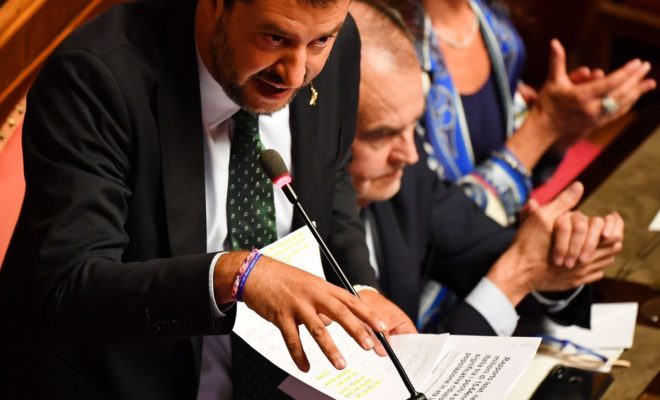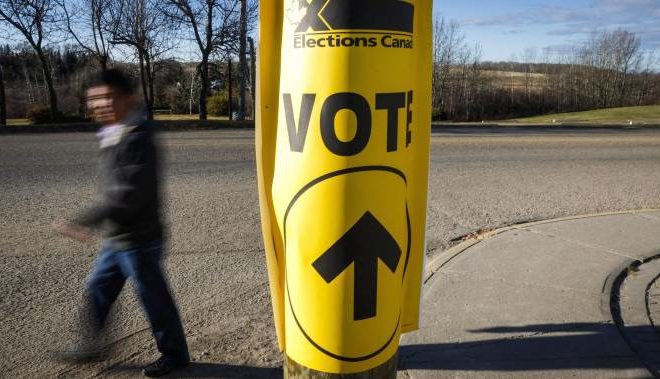In a move that can determine when the country heads to the poll, Italy’s Prime Minister Giuseppe Conte announced his resignation on Tuesday, the 20th of August, officially ending the coalition government. This comes in the middle of a political crisis involving Italy’s coalition partners, the Five Star Movement and the League Party.
What Happened?
Prior to the Prime Minister’s announcement, Italy’s Interior Minister and leader of the League Party, Matteo Salvini, pulled support for the coalition government and called for snap elections. He did this despite the fact that he legally does not have the authority to call for an election. In a bid to formally end the coalition, he called for a vote of no-confidence in Conte’s government.
Resignation
In an hour-long speech given in parliament on Tuesday, Conte accused Salvini of being “irresponsible,” for creating a political crisis for “personal and party interests.”
He expressed his displeasure over the timing of the crisis, as Italy is expected to present its draft budget to the European Union by mid-October.
“With a political crisis in mid-August, elections will probably be held in autumn and then this would mean a provisional government and will make us weak with our EU partners.”
“I take this opportunity to announce that I will present my resignation as head of government to the president of the republic,” he announced.
President Sergio Mattarella has accepted Conte’s resignation, the BBC reported but has asked him to remain in office while discussions on the next lines of action continue.
Conte’s resignation preempted the no-confidence vote which Salvini tabled against his government.
What Next?
President Mattarella is set to begin consultations to see if a new government can be formed within parliament. There have been reports that Five Star Movement is in talks with the Democratic party, the main opposition party, over the possibility of a coalition. However, nothing has been agreed yet.
If there is no political will to form a new coalition, the president would have to dissolve parliament and call for snap elections. Alternatively, a technocratic government could be put in place.


